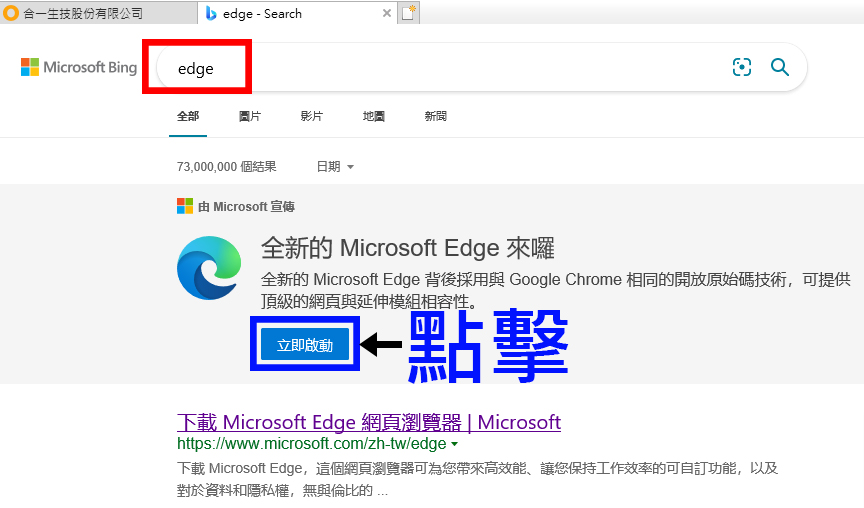Diabetic foot ulcers are a skin sore in the lower limbs with full thickness skin loss due to hyperglycemia among diabetic patients. 19 – 34% of people with type 2 diabetes mellitus (T2DM) will develop an ulcer during their lifetime1 and those patients have a 25-fold higher risk of limb loss than nondiabetics due in large part to impaired wound healing. Along with the increase of diabetic population, the global prevalence of the diabetic foot ulcers has been 6.3% among DM patients, which means more than 26 million patients are living with an ulcer2. Such prevalence is particularly higher in the North America and it has been reported that there are 4.4 million DFU patients in the United States. This is the main complication that leads to high disability rate of diabetes and can be life-threatening in severe cases.

Wound healing is a complex and highly regulated process where the synergy of multiple factors to restore the injured skin to its barrier function is required3. Such process would be interrupted by some intrinsic and extrinsic factors that lead to delayed healing or impaired healing. Hyperglycemia is one of the commonly seen intrinsic factors that impact the healing process among diabetic patients4. The underlined causes that interrupt the healing of diabetic wounds includes oxidative stress, chronic inflammation, decreased neovascularization, peripheral neuropathy, and imbalance of extracellular matrix accumulation and remodeling. All of which dysregulate the M1 and M2 macrophages expression and the transition from the inflammatory stage (M1 macrophage dominant) to the proliferation stage (M2 macrophage dominant) become stalled5,6. Therefore, restoring the balance of M1 and M2 macrophages is a therapeutic approach to resolve the impaired healing and to promote healing of the chronic wounds.
- New Engl J Med 2017;376(24):2367–75
- Ann Med. 2017 Mar;49(2):106-116
- J Dent Res. 2010 Mar; 89(3): 219–229.
- Nurs Clin North Am. 1990 Mar;25(1):247-61.
- Cell Mol Life Sci. 2016; 73(20): 3861–3885.
- Front Immunol. 2021; 12: 681710.





